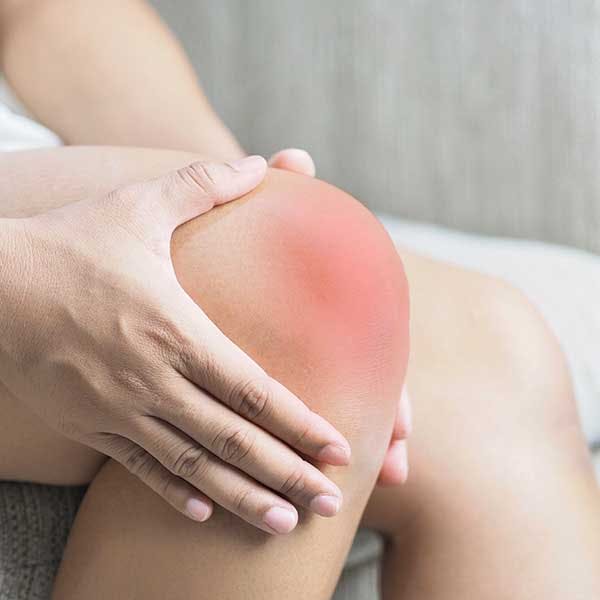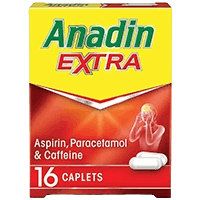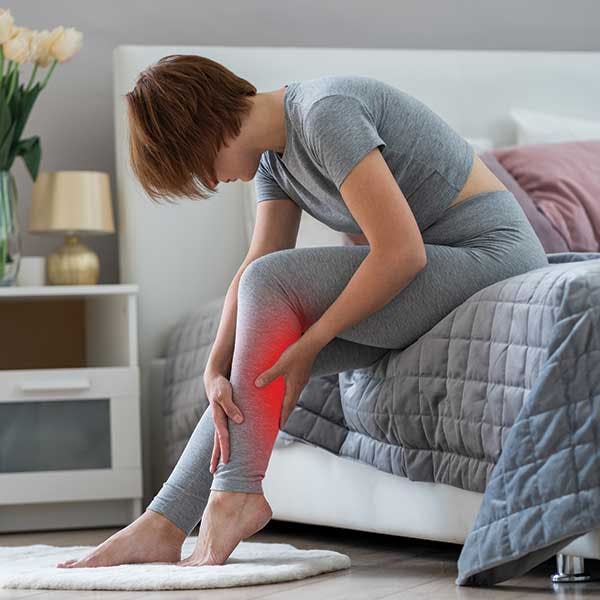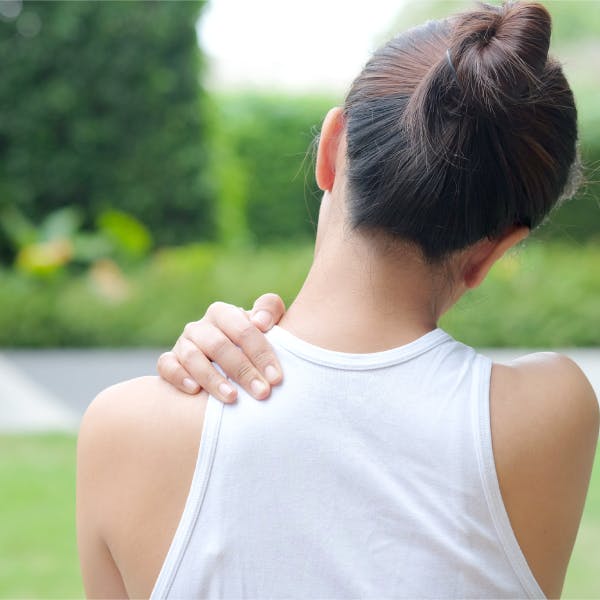Aspirin + Caffeine
Aspirin + Paracetamol + Caffeine
Anadin Extra Tablets Anadin Extra Soluble Tablets
Paracetamol
What is joint pain?
Joint pain is a very common condition amongst adults, especially older adults as age is a common factor in painful joints. Joint pain can feel stiff, achy, throbbing or even a burning sensation and mainly affects the hands, feet, knees, hips, and spine.
The pain can vary in intensity, some people experience mild pain after certain activities, whilst others experience severe joint pain, which can affect the function of the joint and limit the ability to do basic tasks. Joint pain is usually associated with arthritis or arthralgia, which is inflammation or pain from within the joint itself.
Joints are very complex structures made up of bone, muscles, synovium, cartilage, and ligaments that are designed to bear weight and move the body. As you age the amount of lubricating fluid inside your joints decreases and the cartilage becomes thinner. Ligaments also tend to shorten and lose some flexibility, making joints feel stiff.

Joint Pain Causes
What Causes Joint Pain?
Joint pain and knee pain can result from a variety of relatively common health conditions. The most common joint pain causes are:
- Osteoarthritis. A wear-and-tear condition that occurs when the cartilage in your knee deteriorates with use and age. Common with older people.
- Rheumatoid Arthritis. A chronic disease that causes swelling and pain in the joints. Often the joints become deformed (usually occurring in the fingers and wrists).
- Gout. A painful condition where crystals from the body collect in the joint, causing severe pain and swelling. This usually occurs in the big toe.
- Bursitis. A condition caused by overuse. It is usually found in the hip, knee, elbow, or shoulder.
- Tendonitis. Inflammation of the tendons, or the flexible bands that connect bone and muscle. It is typically seen in the elbow, heel, or shoulder and is usually caused by overuse
- Injuries. Sprains and strains.
Joint Pain Symptoms
How do I know if I have joint pain?
Joint pain symptoms can vary depending on the cause of joint pain, however many people will experience:
- Stiffness
- Swelling
- Numbness
- Painful movement
- Difficulty bending or straightening your joint
- Heat or warmth around your joint
- Loss of motion
Joint Pain Relief
How can I treat joint pain?
Fortunately, in most cases, joint pain can be treated at home with some self-care.
Exercise is a great solution for pains in joints, low impact exercise such as walking, swimming or gentle stretching can help strengthen your joints. Other forms of exercise such as physiotherapy or occupational therapy can gradually help to ease pain and improve flexibility.
Applying topical treatments such as ointments or gels directly to the affected joint can also help to reduce joint pain.
Over the counter medication, in particular anti-inflammatory drugs, such as Anadin Joint Pain Tablets can be great for joint pain relief. Anadin Joint Pain Tablets contain ibuprofen, which targets the source of pain by blocking pain-causing chemicals where inflammation is present and works effectively to reduce inflammation and relieve joint pain for up to 8 hours*.
In some circumstances, surgery may be the only option if your joint pain does not respond to medication or exercise. Surgical options include joint replacements to replace the joints once the cartilage gradually wears away or arthroscopic surgery (keyhole surgery) to repair cartilage.
*based on a 400mg dose










